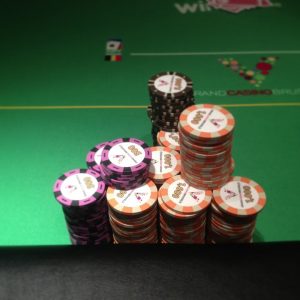 So, we have approached another important learning idea: repetition. More specifically, detailed, complex repetition. This concept allows us to understand that when learning something new, you not only have to try it in practice but try as many ways as possible, connecting everything with the knowledge you already have. Detailing the repetitions will maximally reinforce the new material in your memory.
So, we have approached another important learning idea: repetition. More specifically, detailed, complex repetition. This concept allows us to understand that when learning something new, you not only have to try it in practice but try as many ways as possible, connecting everything with the knowledge you already have. Detailing the repetitions will maximally reinforce the new material in your memory.
For example, you are trying to memorize a sequence of six words: “cat, farm, blue, scheme, paved, tree.” If you try to learn this sequence using superficial repetition, you will simply repeat this list to yourself until you can say it by heart. This will probably take some time and will not be very effective.
But what if instead you created a story or picture in your mind, connecting the separate details, e.g.: “Once upon a time, there was a cat farm paved with blue schemes and trees.” By connecting all the information in detail and combining meaning constructs, you would learn the information faster and it would last longer. So, instead of an unrelated list of words, we now have a detailed, multifaceted picture that is much easier to remember. Maybe instead of learning it in your mind, you will think of writing it down or creating a melody to accompany those words. The more creative and detailed the learning method is, the more effective it will be.
By using this information practically, you will create stronger connections between the networks already existing in your brain. Instead of creating a completely new network (an unrelated auditory list of words), you can use the existing knowledge to strengthen and better remember the new information.
You probably want your learning to be as effective and attractive as possible. This is an important principle to balance your learning process. Let's say you are reviewing your hands in PokerTracker or Holdem Manager. The most commonly used method is probably to find the biggest lost hands, review them, decide in your mind whether you made a mistake or not, and move on. This is a very superficial, limited way. Everything would be much more effective if you did something like this:
- wrote down what you think your mistake was,
- replayed the hand in the replayer,
- imagined yourself playing it.
Simple visualization of the hand will stimulate many more neural networks (ideally even the one activated when actually playing), so the information will be more deeply embedded in memory.
It is also worth mentioning, although it is obvious, that reviewing what you have learned earlier is essential to maintain good form. From time to time, go back to the hands marked a month or even three ago, and review them again, reminding yourself of what you learned. Occasionally read notes about your main opponent, even if you feel you know him like the back of your hand. Review is essential to reinforce your knowledge, do not limit yourself to short-term changes, even if you are completely confident in yourself and your reads.
There is another important principle to take advantage of detailed repetition. It talks about practice. So, the rehearsal should be as similar as possible to the real performance.
For example, you will try to test your ability to write down the previously discussed word list. According to this new rule, you should not keep reading and repeating those words or even try to memorize them verbally. The best way to see how you will perform on the test is to simulate the conditions under which you will have to demonstrate your knowledge. Studies have shown that if you practice for a test by testing yourself in the way it will be done in reality, it will significantly improve your test results compared to any other learning methods.
So this insight undoubtedly transfers to poker as well. After all, why do we learn poker? What is the ultimate performance? The real game. This means two things: first, we should consciously apply our skills while playing poker, and second, we should make our practice as similar as possible to the real game.
Haseeb Qureshi





